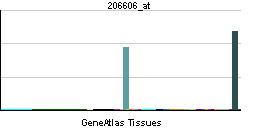Species Human Entrez 3990 | Human Mouse Ensembl ENSG00000166035 | |
 | ||
Aliases LIPC, HDLCQ12, HL, HTGL, LIPH, lipase C, hepatic type External IDs OMIM: 151670 MGI: 96216 HomoloGene: 199 GeneCards: LIPC | ||
Hepatic lipase, also called hepatic triglyceride lipase (HTGL) or LIPC (for "lipase, hepatic"), is a form of lipase, catalyzing the hydrolysis of fats. It is expressed in the liver and adrenal glands.
Contents
One of the principal functions of hepatic lipase is to convert intermediate-density lipoprotein (IDL) to low-density lipoprotein (LDL).
Function
LIPC encodes hepatic triglyceride lipase (HTGL), which is expressed in liver. LIPC has the dual functions of triglyceride hydrolase and ligand/bridging factor for receptor-mediated lipoprotein uptake.
Clinical significance
Hepatic lipase deficiency is a rare, autosomal recessive disorder that results in elevated high density lipoprotein (HDL) cholesterol due to a mutation in the hepatic lipase gene. Clinical features are not well understood and there are no characteristic xanthomas. There is an association with a delay in atherosclerosis in an animal model.
